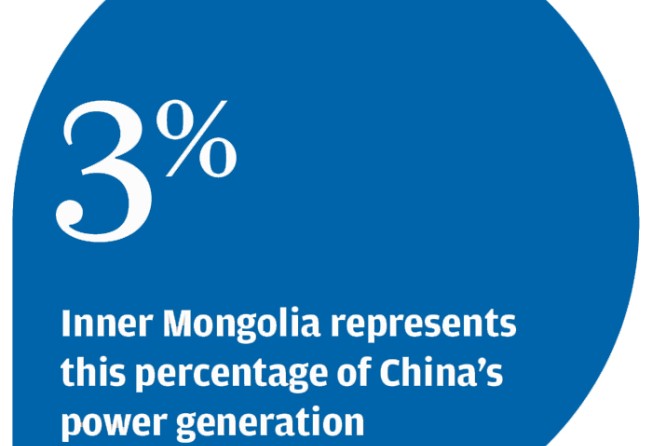
US energy storage firm Xtreme in standby mode in China push

The installation of high-capacity power storage equipment could be part of the solution to relieve the mainland's transmission bottleneck that has hampered the use of wind power, but the energy industry is not ready to absorb the costs involved.

"The problem is that energy storage is relatively expensive and current electricity prices can't support the deployment of large-scale energy storage," he told the South China Morning Post. "I am optimistic about the China market. The question is when [it will blossom]."
Liu said Xtreme was in talks with some mainland power firms on the deployment of its storage systems for renewable energy as pilot projects.
Energy storage systems allow wind power generators to stock up their output for later dispatch when the power grid does not have sufficient capacity to take up their output.
Xtreme wants to build up a few successful demonstration projects on the mainland so that it will be ready to expand sales when the market is ripe for large-scale commercialisation.
"Energy storage is encouraged by national policy, but the government has not figured out an incentive programme to stimulate demand," Liu said, adding sales effort had also been checked by state firms' desire to be self-sufficient in equipment sourcing.
Xtreme has held discussions with the mainland's mono- poly state-owned power distributors, but State Grid Corp has indicated it wanted Xtreme to provide battery hardware, while it did its own system integration work.
This conflicted with Xtreme's sales strategy, in which system integration is its main offering.
China Southern Power Grid, on the other hand, wanted to develop its own supply chain and asked Xtreme to provide a system design solution, Liu said.
Inner Mongolia's power grid presents better sales potential. Although it represents just 3 per cent of the nation's power generation capacity, it has the biggest shortage of trans- mission capacity and imbalance problem.
While it waits for the utility market to develop, Xtreme is selling to customers for industrial and commercial applications.